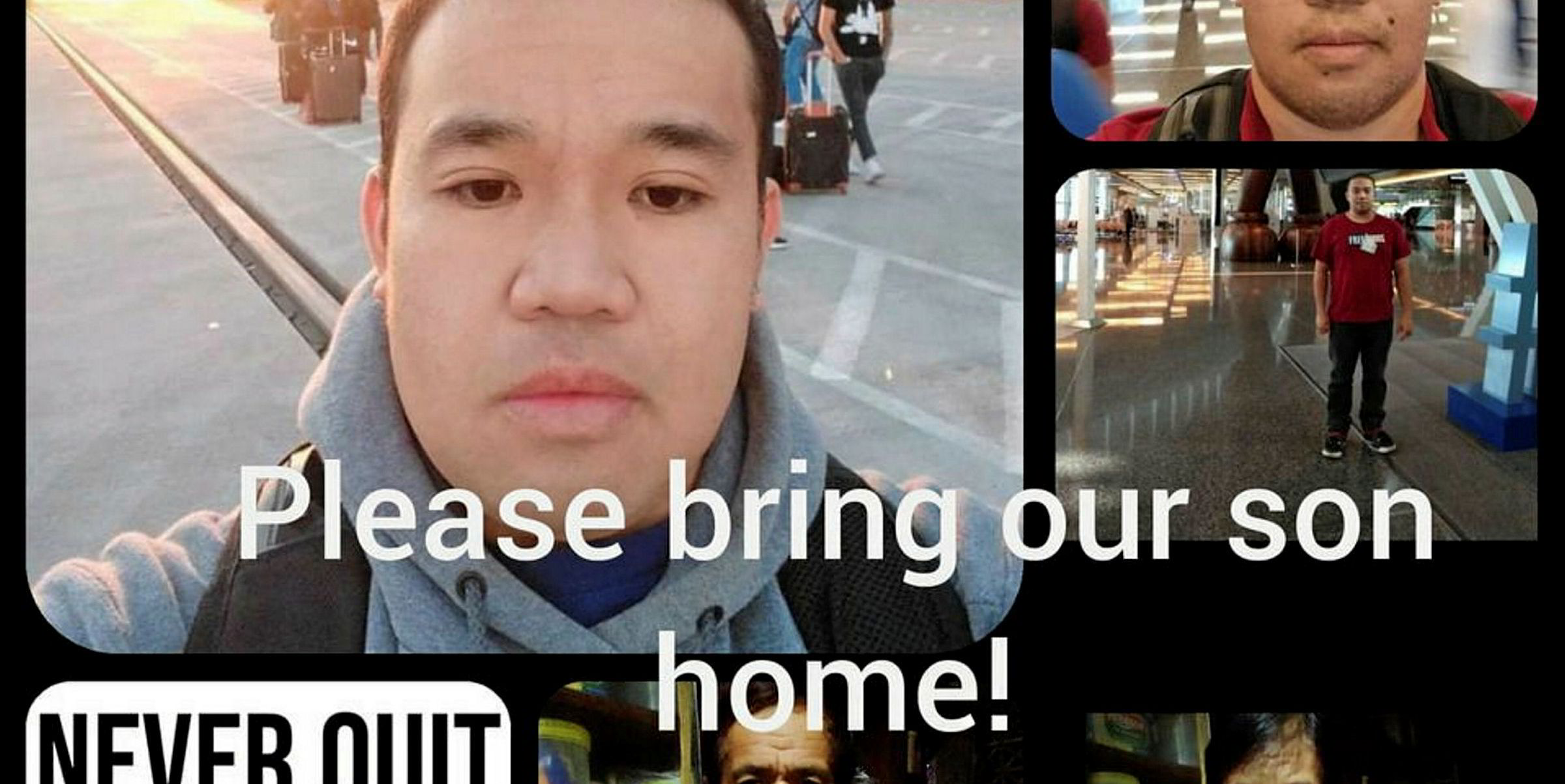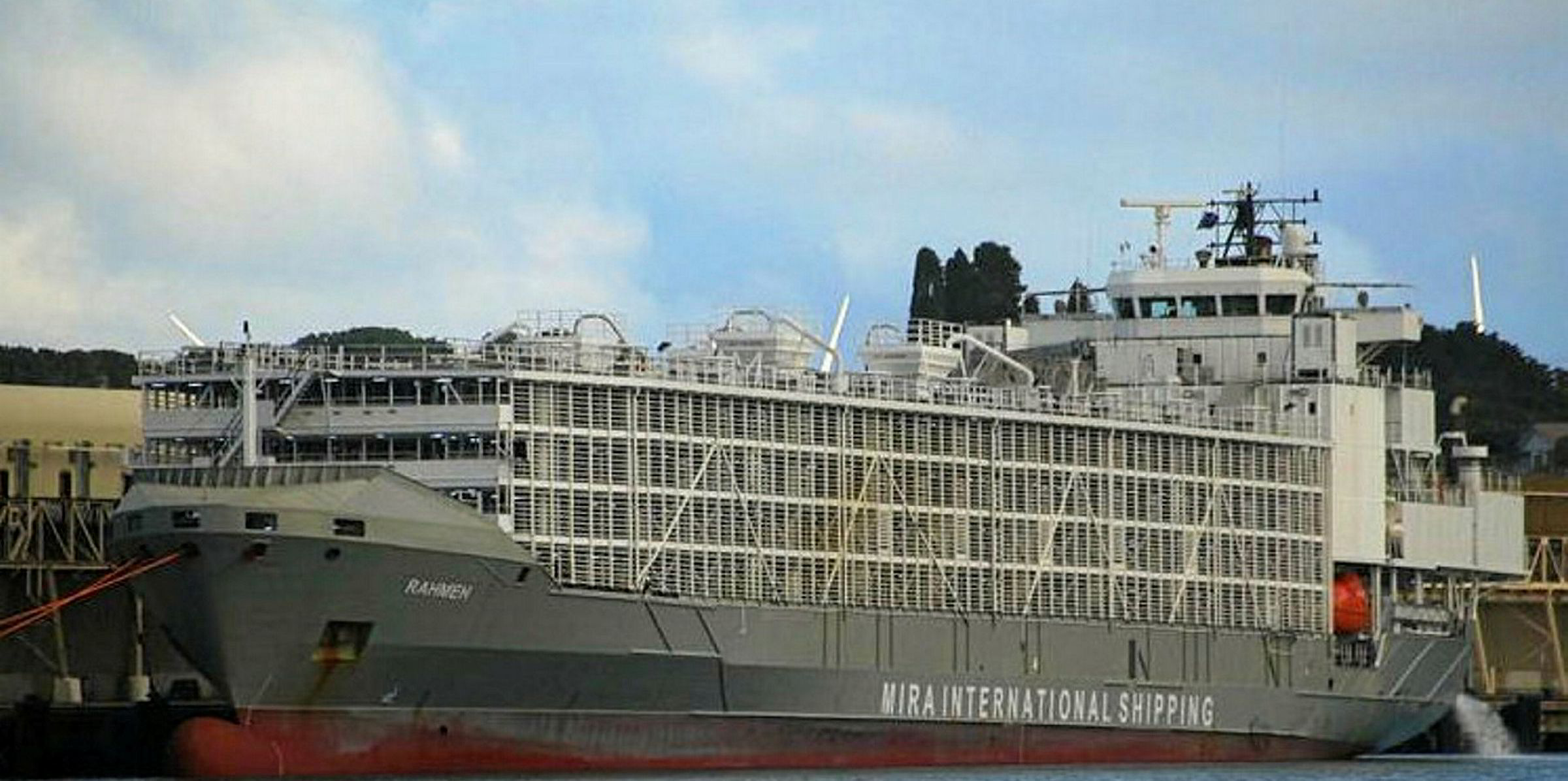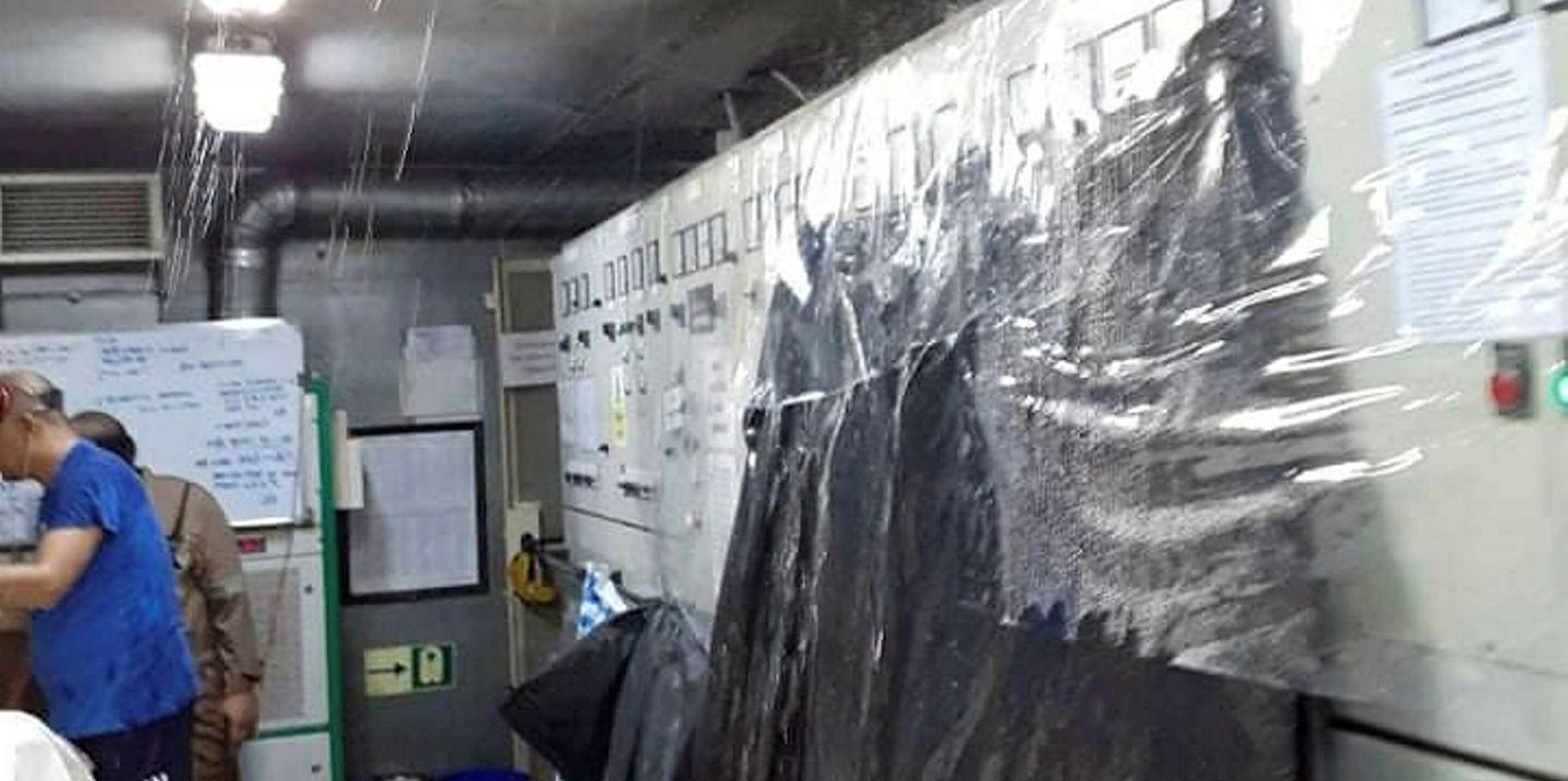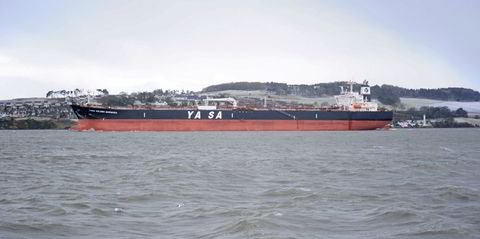The 40 seafarers who died when a Gulf Navigation Holding livestock carrier sank off Japan in early September represented the highest single loss of life in a merchant shipping accident in just over a decade.
The incident, involving the 8,400-dwt Gulf Livestock 1 (built 2002) as it was caught in Typhoon Maysak, is one of the largest maritime tragedies in recent times.
It has brought the large loss of life associated with livestock carrier casualties sharply into focus.
The suffering experienced by the relatives of the lost men can be clearly seen in the Facebook page “Save the Forty”, which also shows the depth of feeling that the loss has caused in the Philippines.
The page was set up by the relatives of 37 Filipinos lost in the accident to call on national governments not to give up the search-and-rescue operation.
The search for the 40 missing seafarers has now been called off by Japan and China.
One relative posted: “Today, no evidential facts regarding debris or life rafts have been revealed. This is a tough situation for loved ones. We are now at the transitional point of waiting for a miracle.”
The victims of the casualty were operating in a trade that has seen a high loss of life before.
The only comparable accident in terms of loss of life was in 2009 when 44 seafarers perished during the sinking of the 14,823-dwt Danny F II (built 1976) — also a livestock carrier — off the coast of Lebanon.

However, the similarities between the two casualties do not end with the ship type and extraordinarily high death toll.
Both ships were conversions.
The Danny F II was altered from a 1976-built car carrier, while the Gulf Livestock 1 was converted by Dubai-based Gulf Navigation from a 2002-built containership.
Both had a high complement of crew on board because of the numbers required to care for the livestock, which in the case of the Gulf Livestock 1 was 6,000 cattle headed for China from New Zealand.

Panama is to carry out an investigation into the loss of the Gulf Livestock 1 along with Maritime New Zealand, which has declared an interest in the casualty and offered its support.
The probe is likely to look into any potential structural weaknesses in conversion vessels. The tall-sided structure of livestock carriers makes them vulnerable to high winds, while large open deck spaces can lead to the free surface effect following water ingress.
But there are other issues that are likely to be linked to the loss of the vessel. The safety management of the Gulf Livestock 1 is also expected to come under question in the investigation.
The ship's records were up to date, according to its classification society, Bureau Veritas.
According to the Tokyo MOU on Port State Control’s website, the vessel was classed as a standard-risk ship.
But there are indications of safety flaws. Between May 2019 and June 2020, the ship was inspected 10 times in the Asian region, and picked up 34 deficiencies and one detention. Its last deficiencies picked up at an inspection in Portland, Australia, were related to its Electronic Chart Display Information System (ECDIS) and passage planning.
The location, where the vessel sank and the depth of the water make it likely that the voyage data recorder will never be recovered — and the decision-making process to sail into the storm may never be known.
The most reliable testimony that accident investigators are likely to have will come from Filipino chief officer Eduardo Sureno, one of only two men to be rescued alive from the accident. He reportedly said one of the ship’s engines failed before it went into a list and capsized.
The vessel had protection and indemnity cover from the West of England. However, its hull insurance provider is not known.






